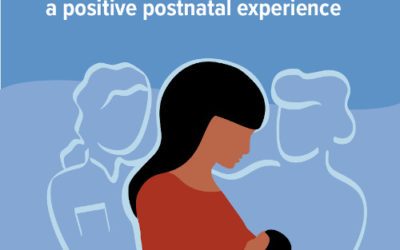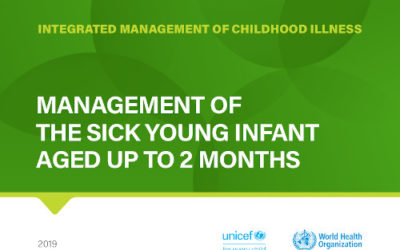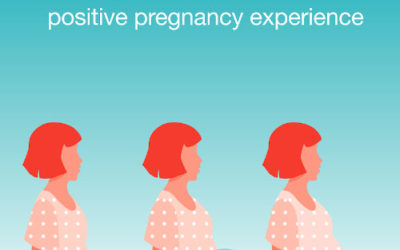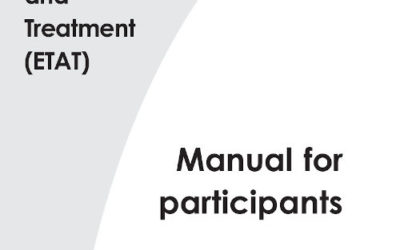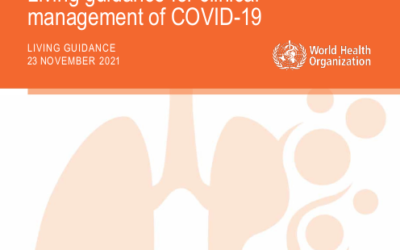This guideline aims to improve the quality of essential, routine postnatal care for women and newborns with the ultimate goal of improving maternal and newborn health and well-being. It recognizes a “positive postnatal experience” as a significant end point for all...
WHO (2019). Management of the sick young infant aged up to 2 months: Chart booklet.
Every year, about 2.5 million children die in the first month of life, with 98% of these deaths occurring in developing countries. In 2017, 47% of all under-5 child deaths were among newborn infants. Neonatal infections, including sepsis and meningitis, were estimated...
WHO (2014). Integrated management of childhood illness – Chart booklet.
IMCI Guidelines for a sick child, aged two months to five years.
WHO (2016). WHO recommendations on antenatal care for a positive pregnancy experience.
This comprehensive WHO guideline provides global, evidence-informed recommendations on routine antenatal care. The guidance aims to capture the complex nature of the issues surrounding ANC health care practices and delivery and to prioritize person-centred health and...
WHO (2005). Emergency Triage Assessment and Treatment (ETAT) course.
Deaths in hospital often occur within 24 hours of admission. Many of these deaths could be prevented if very sick children are identified soon after their arrival in the health facility, and treatment is started immediately. The Emergency Triage Assessment and...
WHO (2022). COVID-19 Clinical management: living guidance
The WHO COVID-19 Clinical management: living guidance contains the Organization’s most up-to-date recommendations for the clinical management of people with COVID-19.

